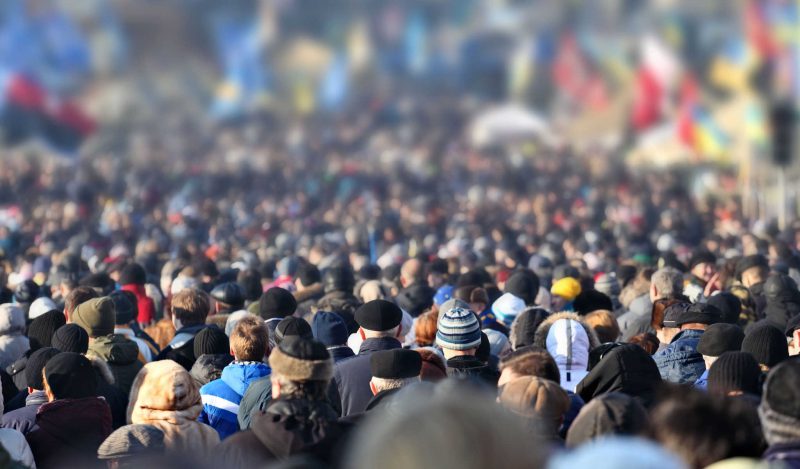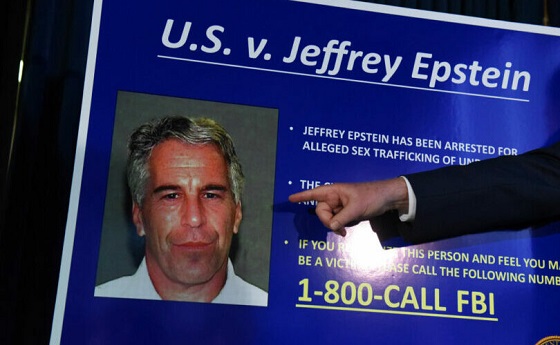Economy
Feds ‘net-zero’ agenda is an anti-growth agenda
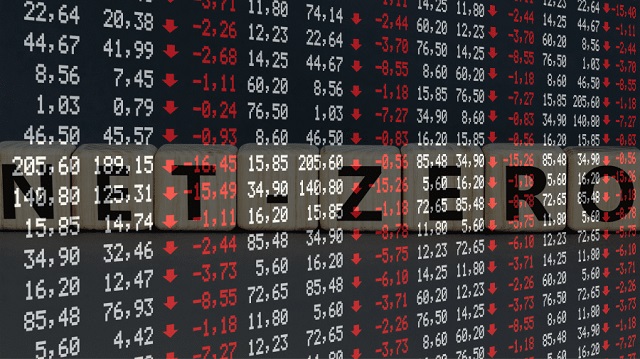
From the MacDonald Laurier Institute
By Chris Sankey
Canada’s goal should not be to eliminate fossil fuels, but to carry out a steady and manageable reduction of emissions
The federal government is pushing an aggressive emissions reduction strategy that could devastate the Canadian economy and threaten our way of life. This isn’t just about the oil & gas industry. Port-related industries, transportation, infrastructure, health and education, and countless other sectors will be collateral damage. As will the standard of living of everyday Canadians.
One need only peek behind the curtain to understand the current course of federal policy.
Ottawa’s anti-fossil fuels agenda appears to be rooted in the ideas of two ideologically driven behind-the-scenes entities: Senators for Climate Solutions (SFCS) and Clean Energy Canada (CEC).
A group of 44 Canadian Senators, led by Sens. Mary Coyle and Stan Kutcher (both of Nova Scotia), launched SFCS in the fall of 2022. The Senators also recruited a team of interns from GreenPAC, a Toronto-based environmental lobby group, to help get SFCS up and running. GreenPAC Executive Director Sarah Van Exan told blog The Energy Mix at the time that the group had recently assigned its first-ever Senate intern to the office of Sen. Coyle.
“We saw the chance to lend critical capacity—with communication, coordination, and policy research—to help them get established,” Van Exan told The Energy Mix in an email. “The group’s cross-partisan aim and determination to put a climate lens on legislation, advance climate solutions, and hold the government’s feet to the fire is exciting.”
This team of ‘climate-minded’ Senators draws lightly on expertise from Western Canada, let alone calling on experienced energy experts from Alberta. Of the dozen experts listed on the SFCS website, just two – University of Calgary Geosciences professor Sara Hastings-Simon and Vancouver Island farmer Andrew Rushmere – are based in Western Canada.
12 years earlier, Clean Energy Canada was established as a subsidiary of the Morris J. Wosk Centre for Dialogue at Simon Fraser University (SFU) in Burnaby, BC. The group is the brainchild of Merran Smith, a figure The Province once described as “the spawn of the tendrilous and pervasive eco-activist group Tides Canada and [SFU].” Smith first came to prominence in the early 2000s while campaigning to protect coastal BC’s Great Bear Rainforest, rubbing elbows with the likes of Tzeporah Berman (an anti-pipeline acticist so extreme she was booted from the Alberta NDP’s Oil Sands Advisory Group). Other members of the team include BC Green Party alum Evan Pivnick and Electric Vehicle (EV) evangelist Meena Bibra. According to its own website, CEC’s mission is to “accelerate the transition to a renewably powered economy” via “inform[ing] policy leadership.”
Are these the sorts of people the Trudeau Government should be listening to on climate matters?
Let me give you a few stats and you be the judge. I recently had a chance to listen to Adam Waterous, the CEO of the Waterous Energy Fund and former Global Head of Investment Banking at Scotia Waterous. He is, I may add, an incredibly intelligent businessman who lives and breathes energy.
Adam shared some surprising facts about EVs. For instance, he mentioned that it takes five times the amount of oil to build an EV than it does to build a conventional gas-powered vehicle. In order offset this difference, a person must drive an EV 120,000 kms using the electrical grid. Meaning, every time we build an EV demand for oil goes up, not down. Further, an EV battery does not last the lifetime of the vehicle itself, crapping out in as little as 8 years. This expands the EV’s carbon footprint even further as producing a single EV-grade battery emits over seven tonnes of C02e emissions. All told, an EV has roughly double the production footprint of a conventional vehicle.
Still convinced we are saving the planet?
The BC provincial government is forging ahead with a set of policies that its own modelling shows will make BC’s economy $28 billion smaller in 2030 than it would be absent these policies. (To put this number into context, this is roughly what the province spends on health care each year). This will set prosperity back more than a decade. This remarkable finding emerges from looking beyond the government’s glossy reports to the raw modelling results of the estimated economic impact of CleanBC policies that are studiously ignored in its public communication materials.
Similarly, Alberta Electric System Operator (AESO) estimates the cost of achieving a net zero electricity grid by 2050 to be nearly $200 billion, while the AESO Net-Zero Emissions Pathways report estimates that accelerating this timeline to 2035 could add an extra $45 to $52 billion. (That is without factoring in the costs of co-generation or the full distribution system and integration costs). Moving to net zero by 2050 will also eliminate 10,000 direct jobs in the oil and gas sector and an estimated 2.7 million jobs in total.
All provinces, and every Canadian household, will be impacted by the federal emissions reduction strategy. However, no province will be impacted more than Alberta. The currently federal modelling used to develop the clean electricity regulations (CER) does not properly represent Alberta’s Electricity Market and thus is unable to adequately forecast the economics of energy production. Canada’s proposed emissions intensity limit effectively requires natural gas backed power plants to sequester an annual average of 95% of all associated emissions through CCUS or other technologies (CCUS) or other technologies. As of writing, no natural gas generation with CCUS modifications has ever hit this mark.
The CERs create significant investment risk for (CCUS) projects as the physical standard for the technology is unproven. Adding insult to injury, the federal government is proposing a 20-year end-of-life for natural gas facilities built prior to January 2025. This will result in some of the cleanest gas plants in the world being shut down decades before they run their useful life; all while Asia continues to burn coal at a record pace.
Canada is about to enter a world of self-inflicted economic pain at precisely the time that Indigenous communities are finally starting harness their resource wealth. We finally made it to the corporate table where we have a seat, a say and ownership – and now the federal government wants to take it all away. How is that for bad timing?
Without reliable and affordable energy, Canadians will be left choosing between shelter, food and keeping the lights on. I don’t know about you, but I will not follow those politicians and organizations driving our climate policies to extremes, into ankle deep water, but I will listen to and follow serious people like Adam Waterous.
The goal for Canada should not be to eliminate fossil fuels. The goal needs to be a steady and manageable reduction of emissions. We must get our ethical and clean energy out to the world. Our economic future depends on it.
Chris Sankey is a former elected Councilor for Lax Kw’alaams Band, businessman and Senior Fellow for the Macdonald-Laurier Institute.
Business
Most Canadians say retaliatory tariffs on American goods contribute to raising the price of essential goods at home

- 77 per cent say Canada’s tariffs on U.S. products increase the price of consumer goods
- 72 per cent say that their current tax bill hurts their standard of living
A new MEI-Ipsos poll published this morning reveals a clear disconnect between Ottawa’s high-tax, high-spending approach and Canadians’ level of satisfaction.
“Canadians are not on board with Ottawa’s fiscal path,” says Samantha Dagres, communications manager at the MEI. “From housing to trade policy, Canadians feel they’re being squeezed by a government that is increasingly an impediment to their standard of living.”
More than half of Canadians (54 per cent) say Ottawa is spending too much, while only six per cent think it is spending too little.
A majority (54 per cent) also do not believe federal dollars are being effectively allocated to address Canada’s most important issues, and a similar proportion (55 per cent) are dissatisfied with the transparency and accountability in the government’s spending practices.
As for their own tax bills, Canadians are equally skeptical. Two-thirds (67 per cent) say they pay too much income tax, and about half say they do not receive good value in return.
Provincial governments fared even worse. A majority of Canadians say they receive poor value for the taxes they pay provincially. In Quebec, nearly two-thirds (64 per cent) of respondents say they are not getting their money’s worth from the provincial government.
Not coincidentally, Quebecers face the highest marginal tax rates in North America.
On the question of Canada’s response to the U.S. trade dispute, nearly eight in 10 Canadians (77 per cent) agree that Ottawa’s retaliatory tariffs on American products are driving up the cost of everyday goods.
“Canadians understand that tariffs are just another form of taxation, and that they are the ones footing the bill for any political posturing,” adds Ms. Dagres. “Ottawa should favour unilateral tariff reduction and increased trade with other nations, as opposed to retaliatory tariffs that heap more costs onto Canadian consumers and businesses.”
On the issue of housing, 74 per cent of respondents believe that taxes on new construction contribute directly to unaffordability.
All of this dissatisfaction culminates in 72 per cent of Canadians saying their overall tax burden is reducing their standard of living.
“Taxpayers are not just ATMs for government – and if they are going to pay such exorbitant taxes, you’d think the least they could expect is good service in return,” says Ms. Dagres. “Canadians are increasingly distrustful of a government that believes every problem can be solved with higher taxes.”
A sample of 1,020 Canadians 18 years of age and older was polled between June 17 and 23, 2025. The results are accurate to within ± 3.8 percentage points, 19 times out of 20.
The results of the MEI-Ipsos poll are available here.
* * *
The MEI is an independent public policy think tank with offices in Montreal, Ottawa, and Calgary. Through its publications, media appearances, and advisory services to policymakers, the MEI stimulates public policy debate and reforms based on sound economics and entrepreneurship.
Business
Trump confirms 35% tariff on Canada, warns more could come

Quick Hit:
President Trump on Thursday confirmed a sweeping new 35% tariff on Canadian imports starting August 1, citing Canada’s failure to curb fentanyl trafficking and retaliatory trade actions.
Key Details:
- In a letter to Canadian Prime Minister Mark Carney, Trump said the new 35% levy is in response to Canada’s “financial retaliation” and its inability to stop fentanyl from reaching the U.S.
- Trump emphasized that Canadian businesses that relocate manufacturing to the U.S. will be exempt and promised expedited approvals for such moves.
- The administration has already notified 23 countries of impending tariffs following the expiration of a 90-day negotiation window under Trump’s “Liberation Day” trade policy.
Diving Deeper:
President Trump escalated his tariff strategy on Thursday, formally announcing a 35% duty on all Canadian imports effective August 1. The move follows what Trump described as a breakdown in trade cooperation and a failure by Canada to address its role in the U.S. fentanyl crisis.
“It is a Great Honor for me to send you this letter in that it demonstrates the strength and commitment of our Trading Relationship,” Trump wrote to Prime Minister Mark Carney. He added that the tariff response comes after Canada “financially retaliated” against the U.S. rather than working to resolve the flow of fentanyl across the northern border.
Trump’s letter made clear the tariff will apply broadly, separate from any existing sector-specific levies, and included a warning that “goods transshipped to evade this higher Tariff will be subject to that higher Tariff.” The president also hinted that further retaliation from Canada could push rates even higher.
However, Trump left the door open for possible revisions. “If Canada works with me to stop the flow of Fentanyl, we will, perhaps, consider an adjustment to this letter,” he said, adding that tariffs “may be modified, upward or downward, depending on our relationship.”
Canadian companies that move operations to the U.S. would be exempt, Trump said, noting his administration “will do everything possible to get approvals quickly, professionally, and routinely — In other words, in a matter of weeks.”
The U.S. traded over $762 billion in goods with Canada in 2024, with a trade deficit of $63.3 billion, a figure Trump called a “major threat” to both the economy and national security.
Speaking with NBC News on Thursday, Trump suggested even broader tariff hikes are coming, floating the idea of a 15% or 20% blanket rate on all imports. “We’re just going to say all of the remaining countries are going to pay,” he told Meet the Press moderator Kristen Welker, adding that “the tariffs have been very well-received” and noting that the stock market had hit new highs that day.
The Canadian announcement is part of a broader global tariff rollout. In recent days, Trump has notified at least 23 countries of new levies and revealed a separate 50% tariff on copper imports.
“Not everybody has to get a letter,” Trump said when asked if other leaders would be formally notified. “You know that. We’re just setting our tariffs.”
-

 COVID-1912 hours ago
COVID-1912 hours agoFDA requires new warning on mRNA COVID shots due to heart damage in young men
-

 Business10 hours ago
Business10 hours agoCarney’s new agenda faces old Canadian problems
-
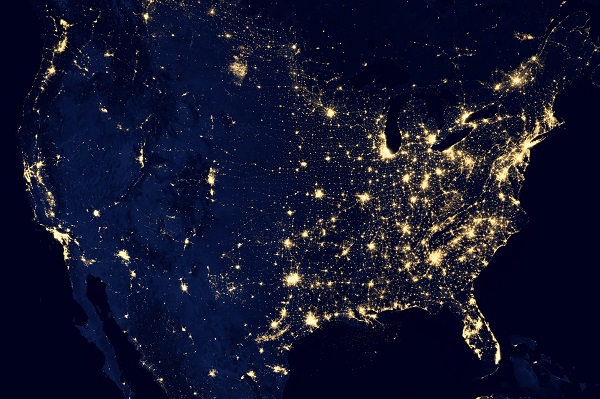
 Daily Caller7 hours ago
Daily Caller7 hours agoBlackouts Coming If America Continues With Biden-Era Green Frenzy, Trump Admin Warns
-
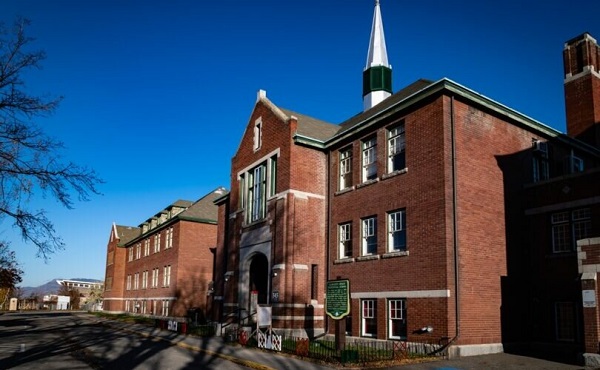
 Indigenous11 hours ago
Indigenous11 hours agoInternal emails show Canadian gov’t doubted ‘mass graves’ narrative but went along with it
-

 Bruce Dowbiggin13 hours ago
Bruce Dowbiggin13 hours agoEau Canada! Join Us In An Inclusive New National Anthem
-
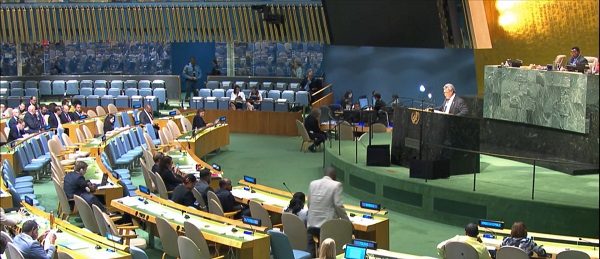
 Business2 days ago
Business2 days agoUN’s ‘Plastics Treaty’ Sports A Junk Science Wrapper
-
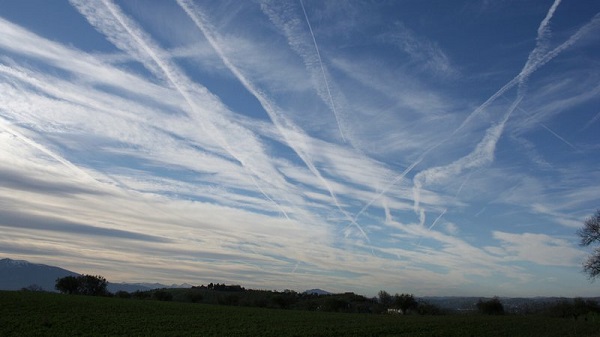
 Environment2 days ago
Environment2 days agoEPA releases report on chemtrails, climate manipulation
-
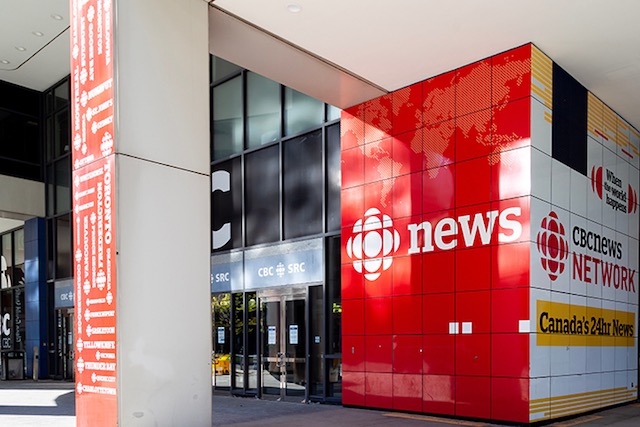
 Business1 day ago
Business1 day agoCBC six-figure salaries soar



